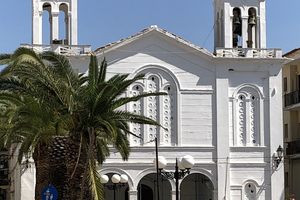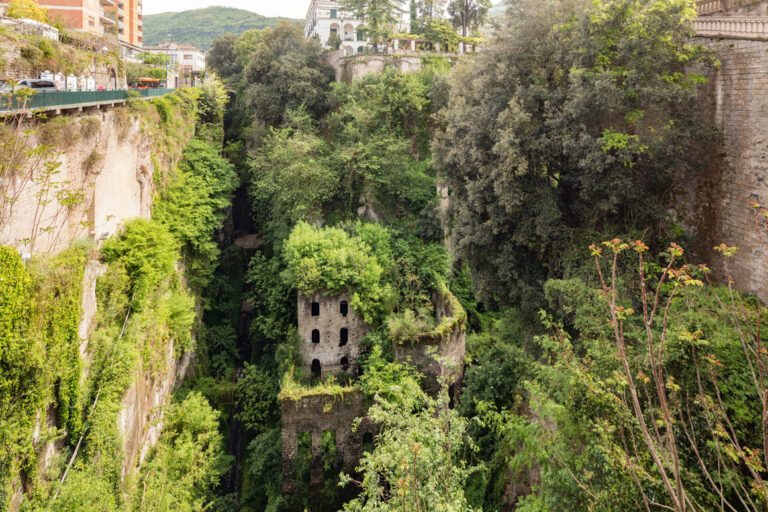Basilica of Agios Nikolaos in Nafplio, Greece

Nicholas of Myna was born in Myna, Asia Minor in 270 CE into a wealthy and religious family. He was orphaned at an early age and was cared for and educated by his uncle, the bishop of Myna.
Nicholas devoted his life to religion at an early age. He was later ordained as a priest and eventually succeeded his uncle. Nicholas led a religious life and was known for his devotion and generosity. It’s said he distributed all of his wealth to the poor, much of it anonymously. This generosity led to him becoming the inspiration for Santa Claus.
St.Nicholas is the patron saint of the Greek navy, military, and merchant marines. Many miracles are attributed to him, most related to the sea. Many places of worship dedicated to him were constructed along Greece’s vast coastline. They are places for worshippers to show gratitude for protecting their loved ones. One of the most unique is located in Nafplio.
Nafplio has been a strategically important seaport since antiquity. When the Republic of Venice captured Nafplio from the Ottoman Empire in 1686 during the Morean War, the predominately Catholic Venetians allowed the local population to practice freedom of religion. They also enjoyed more freedom of movement.
With more seafaring activity, the local population decided to build a place of worship near the port in 1713. A plot of land was identified and according to the inscription on the foundation stone, a church was moved from inside the walled city to the shore. This was done at the wishes of the Venetian Superintendent of the Agostino Sagredo fleet. Nearby ruins were also used to build the new, larger basilica style church.
The new basilica was dedicated to Agios Nikolaos (Saint Nicholas) and contained many unique features, including a bishop’s throne, carved wooden icons, and a large, Russian style central chandelier from Odessa. The size of the basilica style church alone made it unique among seaside places of worship, as most were much smaller churches and chapels.
Nafplio fell to the Ottomans in 1715 and from that point forward, the church operated depending upon which sultan was in power at the time. When Greek independence forces led by Kolokotronis liberated Nafplio in 1822, the church began regular operations.
The church was renovated in 1836 and had large despotic icons added in 1848-1849. The church has operated continuously since, and has numerous worshippers who pray inside daily for the safe return of family and friends out at sea.





